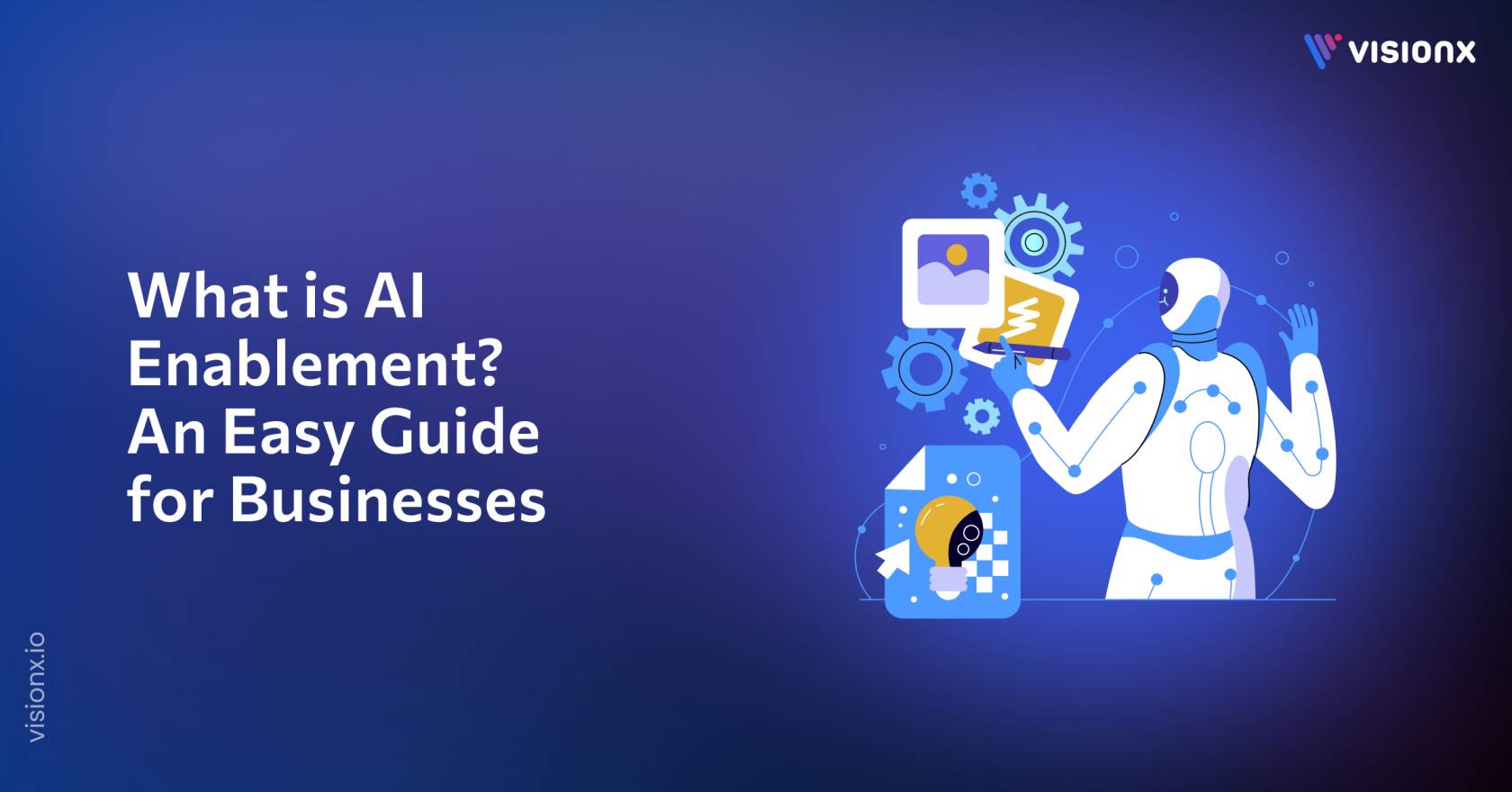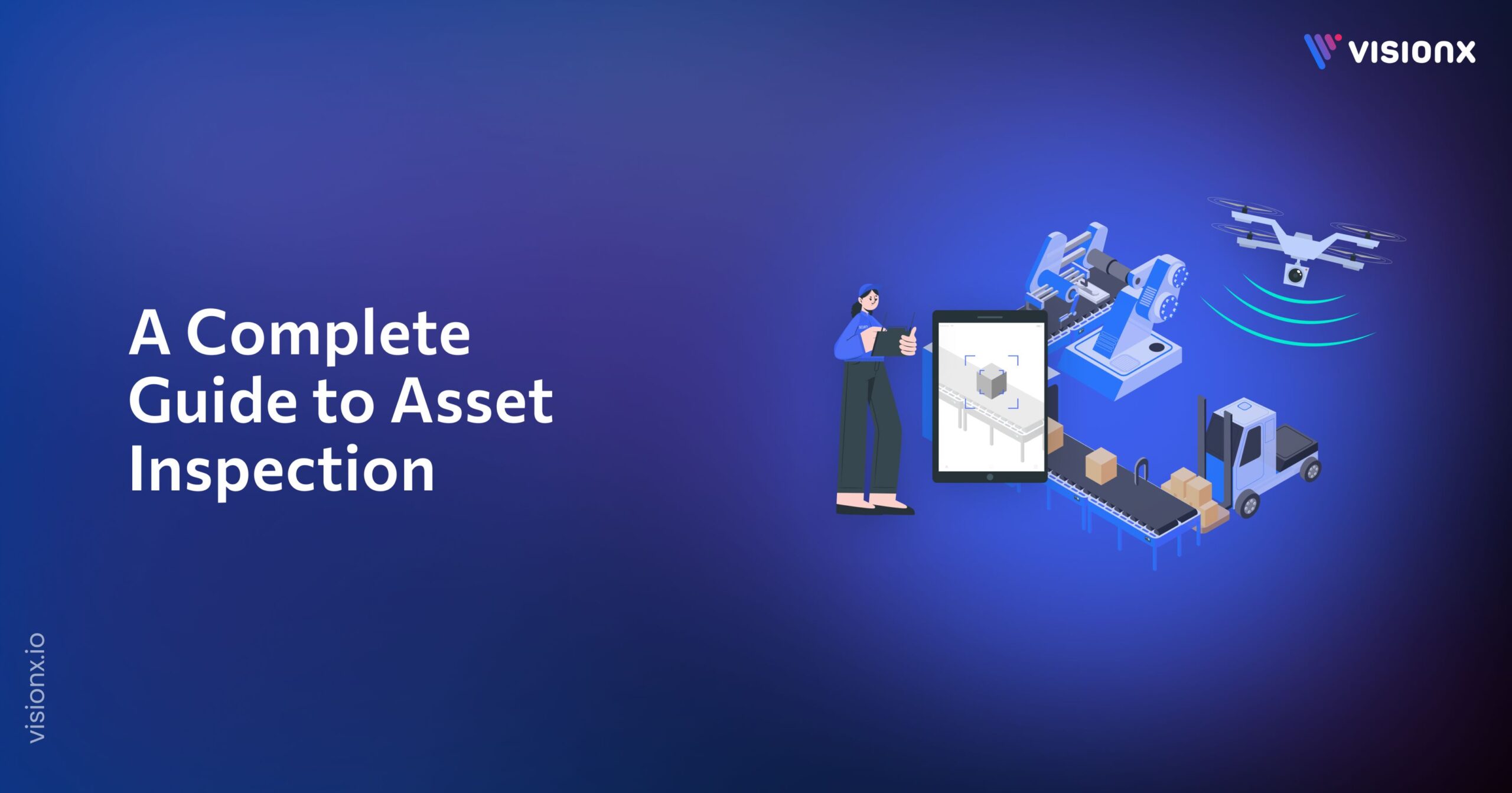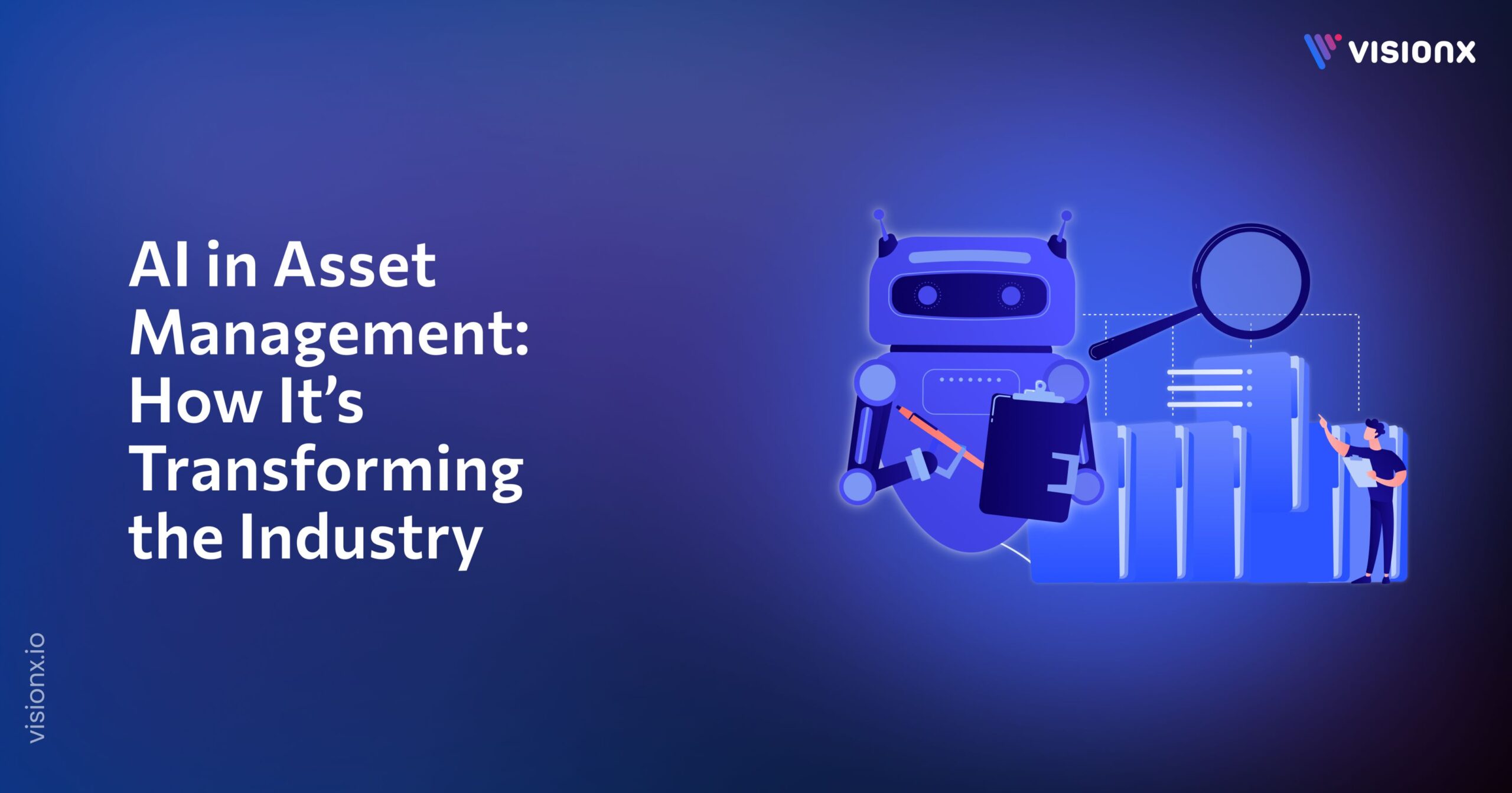You open your inbox and see dozens of reports waiting. Each one promises insight, but the numbers don’t tell the whole story. Decisions get delayed. Opportunities pass by. But you know that there has to be a better way.
And then you find out the concept of AI enablement. It is a process that helps businesses integrate AI into their operations successfully. It gives your team the guidance and systems to use artificial intelligence enablement in daily work, so insights become decisions.
In fact, a recent survey found that 78% of companies use AI in at least one business function, yet most still fail to get real results from it. You can avoid that trap by building an AI-enabled organization, using enablement AI tools, and selecting the right AI enablement solution for your goals.
Our guide will show you how to bring AI into your operations and how you can put it to work for your team to get beneficial results.
What is AI Enablement?
AI enablement is the process of putting your business in a strategic position to use artificial intelligence in a way that creates real value. It is more than adding a tool or testing a feature. It is about setting up AI so it drives efficiency, supports revenue growth, and creates better experiences for your customers.
There is often confusion between adoption, implementation, and enablement. Adoption happens when a company brings in AI tools. Implementation happens when those tools are put into place for a task. Enablement is the point where people inside the business know how to use AI, trust the insights, and connect it to business goals.
Take the sales team as an example. Adoption means they now have an AI platform for lead data. Implementation means the platform works in the system. Enablement means the team knows how to act on the insights, close more deals, and grow revenue.
Through strong AI enablement, a company can build an AI-enabled culture where decisions are smarter, tasks move faster, and customers feel the difference.
Why is AI Enablement Important for Businesses?
AI enablement is important for businesses because it helps them integrate artificial intelligence into their daily workflows. It increases efficiency by automating routine tasks, which allows AI enablement companies to spend their time on higher-value work and reduce errors in their operations.
Apart from internal processes, AI enablement improves client experiences by predicting preferences and making personalized recommendations, which increases satisfaction and engagement.
Here is what your business gains when you use AI enablement:
- Higher efficiency: You cut time on manual tasks and focus on work that drives value.
- More productivity: Your team delivers faster without burnout.
- Smarter decisions: You act on insights instead of instinct.
- A strong competitive edge: You stay ahead of rivals that still treat AI as an extra tool rather than a core driver.
- Maximizes AI benefits: You can drive actual business value through AI enablement, as it ensures that AI solutions are utilized properly.
For instance, Coca-Cola applies AI to guide product design and improve marketing reach, which helped lift engagement with its brand. Walmart uses AI to track supply and demand, which lowers costs and ensures stock flow at scale.
The AI market is already valued at USD 244 billion in 2025 and is set to reach USD 800 billion by 2030. Firms that put AI enablement at the core of their plans gain real returns from this growth.
Common Challenges Without AI Enablement
Firms that skip AI enablement often struggle with scattered data, slow analysis, and poor insight. They spend on AI projects yet fail to link them with goals. This leads to wasted budgets, weak adoption, and teams that distrust the tools. Without clear enablement, leaders face a cycle of trial and error, while rivals move faster with proven systems.
How AI Enablement Makes Your Client Pitches More Persuasive?
You can talk about features all day, but clients will only pay attention when they see a real outcome. AI enablement turns your pitch into proof of value.
Here is how enablement AI lifts your pitch:
- Proof in numbers: You show real data, like how AI helped another client boost efficiency or cut costs.
- ROI that speaks: When you link AI to sales gains or cost savings, your pitch feels grounded.
- Tailored insight: You match product recommendations to the client’s pain instead of offering a generic sale.
- Long-term trust: You position your business as a partner that delivers sustainable advantage.
Here is a real number to strengthen the case. According to McKinsey, brands that invest in AI for sales and marketing see a 10–20 % lift in ROI, on average.
Suppose you are pitching a shopper-goods brand. Instead of saying “our AI helps with demand prediction,” you share a story. “We helped a similar client cut stock shortages by 15 %. That meant fewer lost sales and happier store managers.”
Core Business Elements of AI Enablement
AI enablement delivers results when businesses build it on four pillars. These elements turn AI implementation into measurable growth, stronger revenue, and better client trust.
1. People
Teams need the right knowledge to explain the value of AI enablement. Upskilling helps employees speak with authority and present AI benefits to clients. A confident team positions the business as a trusted advisor.
2. Processes
Structured processes show clients the real value of AI adoption. Workflows that are clear and measurable highlight efficiency gains and create visible impact, making clients more willing to invest. Strong processes also support smooth AI project management, helping teams deliver consistent results.
3. Data
High-quality data fuels every stage of AI implementation. Clean and actionable data allows you to predict outcomes, reduce errors, and prove reliability. Sharing data-driven results helps convince clients of the strength of your AI solutions.
4. Technology
The right technology stack powers AI enablement. Demonstrating platforms, tools, and dashboards proves that your business has both the innovation and the technical depth to deliver on promises.
How to Incorporate AI into Your Business Enablement Programs
It takes more than just implementing the newest technology to integrate AI enablement into a business program. It involves developing a distinct, quantifiable edge that customers can recognize and believe in. These four steps will help any organization develop a more robust AI enablement plan and make this process more feasible.
1. Define Outcomes That Matter to Clients
Don’t frame AI as “technology for the sake of technology.” Frame it as a solution to client challenges. For example, if a client struggles with long sales cycles, show how AI-driven insights can speed up decision-making. If they want better customer retention, explain how predictive analytics can identify churn risks early. By tying AI to business outcomes that matter to clients, you make every conversation more persuasive.
2. Audit Your Readiness Through the Client’s Lens
Before pitching AI, check if your teams, processes, and data are strong enough to deliver what clients expect. Clients don’t just want to hear that you have AI, they want proof that it works. This means having clean data, workflows that produce measurable results, and teams that can confidently present AI benefits in a simple, business-first language. When readiness is visible, clients see reliability instead of risk.
3. Build Use Cases Clients Can See in Action
Clients connect best when they can visualize results. Bring AI to life with practical demonstrations. For instance:
- Show a dashboard that predicts demand so clients can avoid stockouts.
- Present a personalization model that suggests products tailored to their customers.
- Highlight automation tools that cut support wait times in half.
Each example should solve a pain point your clients already feel. When they see AI applied to their reality, trust and interest grow quickly.
4. Train Teams to Sell AI as a Business Advantage
Your teams must do more than explain how AI works. They must present it as a competitive advantage for clients. Equip them with success stories, visuals, and metrics that show tangible impact. Run pilots with select clients, collect their feedback, and refine your pitch. Every iteration strengthens credibility and positions your business as a partner that doesn’t just use AI but knows how to turn it into real client value.
How Can You Choose the Right AI Enablement Solution
When you are selecting an AI enablement solution, think of it as choosing a partner that will support both your business and your clients. Here’s how you can approach it:
- Start by asking whether the solution directly supports your business goals. If you want to win clients with deeper insights, increased personalization, or guaranteed automation, the tool you select must demonstrate a clear path to those results. If it doesn’t move the needle for your client-facing work, you have the wrong tool.
- Look closely at integration. The best solution will integrate seamlessly with the systems that you are already using, including your CRM and ERP systems, or analytics tools. This saves time for your team and enables you to demonstrate measurable results to your clients quickly rather than spending hours troubleshooting technical issues.
- Think about the future, not just the present. As your clients grow, you need a solution that can grow with you as well. Make sure that it can handle larger data sets, more complex use cases, and changing needs without introducing slowdowns and bottlenecks.
- Never overlook vendor support. The right provider won’t just sell you a product; they’ll guide you with training, consulting, and ongoing technical help. This makes it easier for your team to pitch AI with confidence because you know experts are backing you up.
For providers, there are several strong options worth considering:
- VisionX: A partner-focused company that helps companies develop an AI strategy that is specific to their needs rather than just providing technologies. You can use VisionX to give business intelligence insights that clients can act upon immediately, implement AI-powered automation, and display interactive dashboards.
- Microsoft Azure AI: The best option if you’re looking for enterprise-scale AI with extensive integrations in the Microsoft Ecosystem.
- Salesforce Einstein: Excellent if your priority is to embed AI within customer relationship management and improve client personalization.
- Google Cloud AI: Best if you are working extensively with big data and especially machine learning models, or if your projects involve using advanced analytics at scale.
How Can Businesses Build an AI-Enabled Organization?
Here’s how businesses can build an AI-enabled organization;
Specify your Approach:
Begin by coordinating the use of AI with your main business objectives. Examine areas like automated reporting or predictive insights where AI can directly enhance customer outcomes. In this manner, your investments in AI are always linked to quantifiable benefits.
Build the Right Culture:
Create a culture of transparency by demonstrating to your staff how AI enhances rather than replaces their roles. To increase confidence and enthusiasm throughout the company, share early success stories.
Develop your Abilities:
To ensure that your team can effectively convey AI solutions to clients, invest in data literacy and training AI. Your pitch will be considerably stronger when your team can properly convey the value.
Keep Improving:
Consistently measure progress, obtain client feedback, and adjust your approach. This keeps you relevant and also supports the ongoing delivery of results through AI enablement over time.
How You Can Benefit from VisionX
VisionX gives you more than access to AI tools when you work with them. You gain a clear path to AI enablement that directly impacts your business and client relationships. You can identify opportunities where AI creates measurable value, such as faster decisions, personalized client experiences, or automation of repetitive tasks.
Here’s how we help you:
- Help you use AI technologies to make custom solutions that your clients can trust and have a better understanding of.
- Give your AI enablement teams guidance on how to easily present insights, show dashboards, and highlight real results, which increase the effectiveness of proposals and the persuasiveness of customer meetings.
- Provide you with ongoing advice to refine your approach, improve workflows, measure results, and adjust your solutions as clients’ needs evolve over time.
By partnering with VisionX, you position your company as a forward-thinking, AI-enabled organization. And clients see that you are capable, reliable, and able to turn data into actionable outcomes.
Start your AI enablement journey with VisionX and turn insights into real results for your business and clients.
FAQs
What is an AI Enabement Platform?
An AI enablement platform refers to a solution that helps organizations adopt, manage, and scale artificial intelligence successfully. It provides an organization with the tools, infrastructure, and data capabilities required to build, integrate, and deploy AI models into an enterprise, easily transforming your organization's AI strategy into measurable results.
What is needed to enable AI?
To enable AI, businesses must have high-quality data, a strong computing foundation, suitable machine learning tools, the ability to integrate AI with existing systems, and governance frameworks that ensure security and compliance.
How long does it take to implement AI Enablement for measurable results?
The timeline is based on your goals and your level of readiness. Some businesses see results in less than a few months with focused use cases, while larger projects could take longer.
What type of industries benefit from AI enablement?
Industries ranging from manufacturing and retail to legal and healthcare benefit tremendously from AI enablement. It is suitable for organizations that deal with large datasets and have complex workflows.


